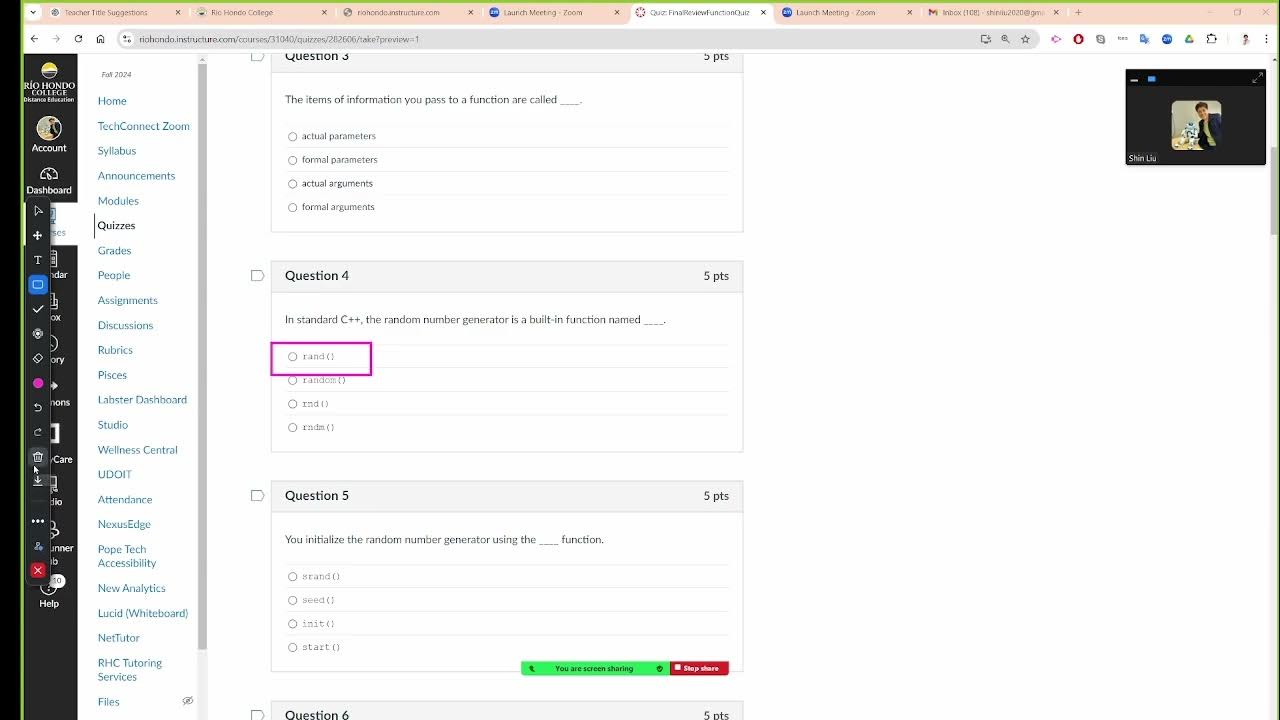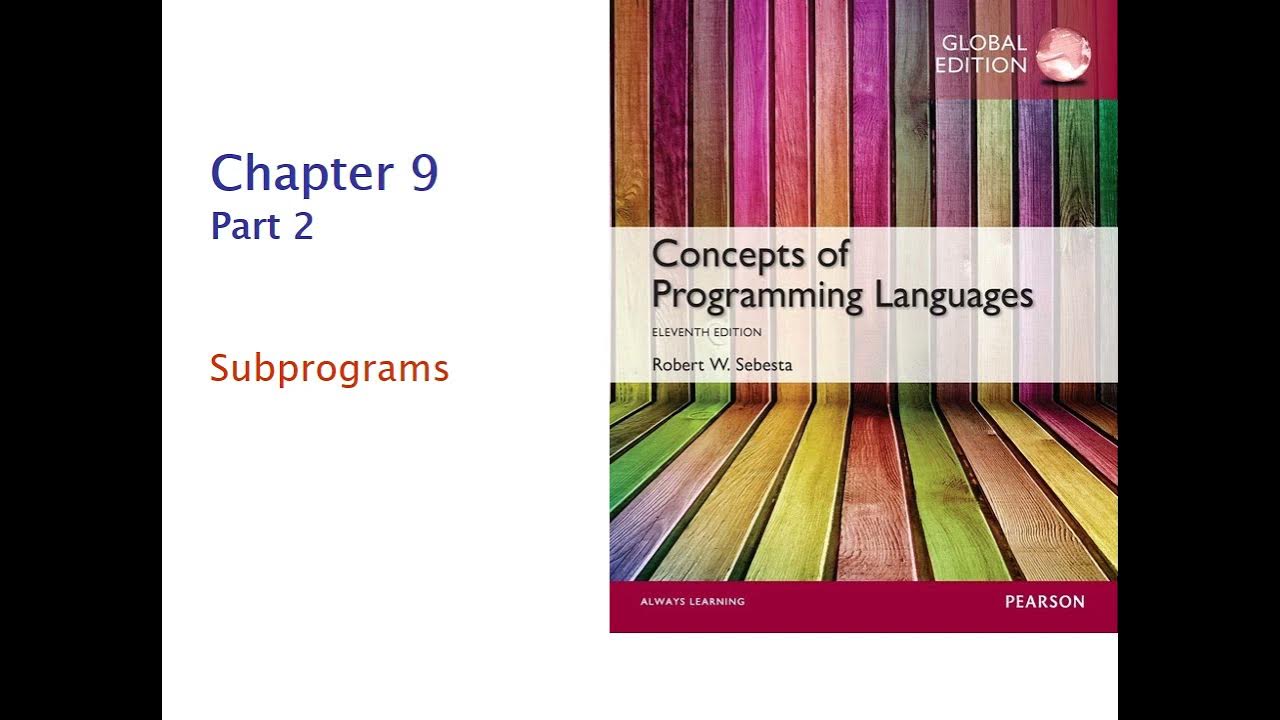Pass by Value vs. Pass by Reference | Python Course #12
Summary
TLDRIn this informative video, the host explains how Python handles data passing in functions, focusing on the concepts of pass by value and pass by reference. Using practical examples, they illustrate the differences between immutable and mutable data types, demonstrating how changes within a function affect the original data. The video also introduces the significance of the 'None' type in Python, showcasing its use for indicating the absence of a value. Throughout, viewers are encouraged to explore free Python cheat sheets and engage with the content for a deeper understanding of these fundamental concepts.
Takeaways
- 😀 Python uses pass by value for primitive data types like integers, meaning the original value remains unchanged when modified inside a function.
- 😀 Mutable data types such as lists, sets, and dictionaries are passed by reference, allowing changes made inside a function to affect the original data.
- 😀 When passing immutable data types (like tuples or strings), a copy of the data is made, preventing any changes from affecting the original data.
- 😀 You can create a copy of a mutable data type using the .copy() method to avoid unintended modifications to the original data.
- 😀 The 'is' operator can be used to check if two variables reference the same object in memory, helping to distinguish between identical values and identical references.
- 😀 The id() function returns a unique identifier for an object, which can be useful for understanding object references and memory allocation in Python.
- 😀 None is a special constant in Python that represents the absence of a value and can be used to initialize variables when their actual value is not yet defined.
- 😀 Using None effectively can prevent NameErrors by ensuring that a variable is defined before being accessed.
- 😀 The concept of pass by assignment highlights how Python manages variable references, allowing for more dynamic memory handling.
- 😀 Understanding how data is passed in Python is crucial for avoiding bugs and writing efficient code, especially when dealing with mutable versus immutable data types.
Q & A
What are the two ways to pass data to a function in Python?
-You can pass data directly as values or by using variables that reference the data.
What is the difference between passing immutable and mutable data types to a function?
-Immutable data types, like integers and tuples, are passed by value (a copy is made), while mutable data types, like lists and dictionaries, are passed by reference (a reference to the original data is passed).
How does modifying a variable inside a function affect the original variable outside the function?
-If the variable is immutable, changes inside the function do not affect the original variable. If the variable is mutable, changes made to it inside the function will reflect on the original variable.
What does it mean to pass data 'by value' and 'by reference'?
-Passing by value means that a copy of the data is made for use within the function, whereas passing by reference means that the function receives a reference to the original data, allowing modifications to affect the original data.
How can you prevent changes to a mutable data type from affecting the original data when passing it to a function?
-You can pass a copy of the mutable data type to the function using the `copy()` method from the `copy` module.
What is the significance of the `is` operator in Python?
-The `is` operator checks whether two variables reference the same object in memory, which is useful for determining if two variables point to the same data.
What is `None` in Python, and how is it used?
-`None` represents the absence of a value in Python. It can be assigned to variables and used to indicate that a variable exists but does not yet have an assigned value.
How does the `id()` function relate to data references in Python?
-The `id()` function returns a unique identifier for an object, which can be used to determine if two variables reference the same object by comparing their IDs.
Can you give an example of using `None` to avoid errors in your code?
-If you assign `None` to a variable and later check a condition to assign it a value, you can prevent errors related to using an uninitialized variable.
What is the overall concept of 'pass by assignment' in Python?
-Pass by assignment means that when you pass variables to functions, Python assigns references to the objects rather than copies of the objects themselves, determining whether changes within the function will affect the original data based on the mutability of the data types.
Outlines

Esta sección está disponible solo para usuarios con suscripción. Por favor, mejora tu plan para acceder a esta parte.
Mejorar ahoraMindmap

Esta sección está disponible solo para usuarios con suscripción. Por favor, mejora tu plan para acceder a esta parte.
Mejorar ahoraKeywords

Esta sección está disponible solo para usuarios con suscripción. Por favor, mejora tu plan para acceder a esta parte.
Mejorar ahoraHighlights

Esta sección está disponible solo para usuarios con suscripción. Por favor, mejora tu plan para acceder a esta parte.
Mejorar ahoraTranscripts

Esta sección está disponible solo para usuarios con suscripción. Por favor, mejora tu plan para acceder a esta parte.
Mejorar ahoraVer Más Videos Relacionados
5.0 / 5 (0 votes)






